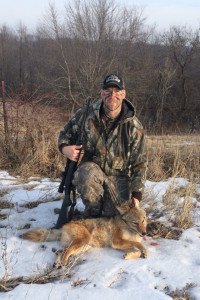 When deer season closes here in Virginia, my friend Rick is not ready to hang up his camouflage just yet. “Hunting coyotes in the winter extends my time in woods,” he says. “I’m not the greatest caller, but coyotes are mating now, and some days they run to my calls. If I call in 3 or 4 dogs this month and shoot a couple, I’ll be happy.”
When deer season closes here in Virginia, my friend Rick is not ready to hang up his camouflage just yet. “Hunting coyotes in the winter extends my time in woods,” he says. “I’m not the greatest caller, but coyotes are mating now, and some days they run to my calls. If I call in 3 or 4 dogs this month and shoot a couple, I’ll be happy.”
Here’s a quick primer if you’ve never done it and want to try it.
Do You Need a License?
Many states consider Canis latrans a nuisance species, and no hunting license is required. In other places, you’ll need a general state hunting license for varmints. Read your regs and be legal.
Where to Hunt Critters
My buddy Rick is an outgoing fellow who makes the rounds and talks to friends, farmers, people at the diner, anybody who might know where coyotes have been heard or spotted. Then he knocks on doors. “Even if they won’t let you deer hunt, you’d be surprised how many people will let you come in hunt coyotes in the off-season,” he says. Ask around and you’ll get permission.
Coyote Sign
Coyote tracks are 2 to 3 inches long, with 4 toes and round pads. An adult critter’s scat is 2 to 5 inches long, round and fat, often with hair and bone fragments from small prey in it. If you find fresh tracks and scat along a field edge or in an old roadbed or clear-cut, look for an elevated calling spot.
Where to Set Up
Look for a ridge top or hillside that overlooks a field, river bottom or other semi-open area, where you can see 100 yards or farther out. The farther you can see a critter moving and coming, the more time you have to set up a solid shot.
Scent Control
Spray down with a scent-eliminator like you do when deer hunting. Walk into the wind to avoid contaminating an area before you call. Avoid wandering around too much and laying down scent where coyotes might approach your setup.
Sight Unseen
While playing the wind is most important, staying invisible is a close second. You’ll never call a critter that sees you first. Wear Realtree head to toe. Put the sun at your back and use hills and ditches to conceal your approach to a calling site.
Calling Basics
If you’re just starting out, try an electronic calling device. Set it in front of you 40 to 60 yards, maybe stake a rabbit decoy beside it and punch it on. The loud rabbit in distress call is your go-to. Switch the caller to broadcast some female howls and male challenge howls, which work well now during the mating season. If a coyote hears your racket and comes in, his attention will be focused on the calling box and not on you.
You’ll also want to carry and use a mouth-blown predator call. What a rush to work in a critter with a mouth call and whack it! Try this sequence. Once you’re set up, hit the call hard with loud rabbit squeals for a minute or so. Look around slowly so a critter coming in fast won’t bust you. Call for another minute, stop and look. Wait a few minutes and call again. Sit tight for 20 to 30 minutes and blow 4 or 5 series of calls before moving to a new spot.
Coyote Guns and Loads
If you’ve got an AR rifle topped with a scope or red dot, perfect! The .223 with 55-grain bullet is tops for predators. Your deer rifle will work fine too, especially if you hunt with, say, .243 or 6.5 Creed; for critters, downsize to a 75- to 95-grain pill. I’ve shot coyotes with a .270. 6.5 PRC and even .30-06. We’re not collecting pelts here, just trying to shoot a few predators and save a few fawns from fangs and claws later this spring. One more thing. If you call in thick woods or brush country, where a critter might pop in on you fast and close, you might carry a 12-gauge magnum with a heavy turkey or predator load along with your rifle.

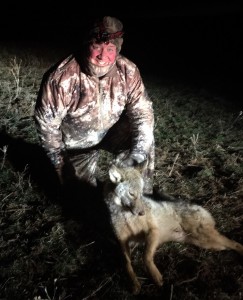
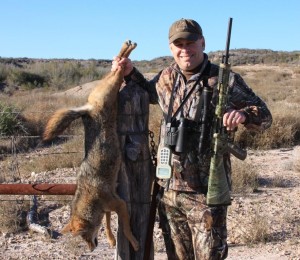



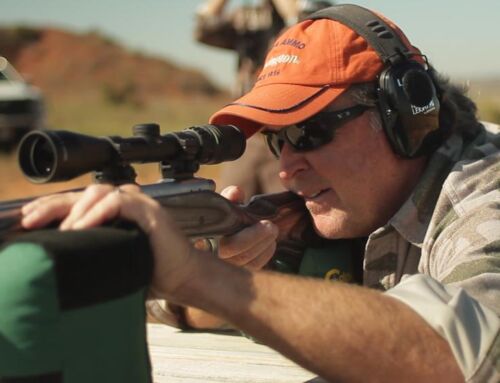
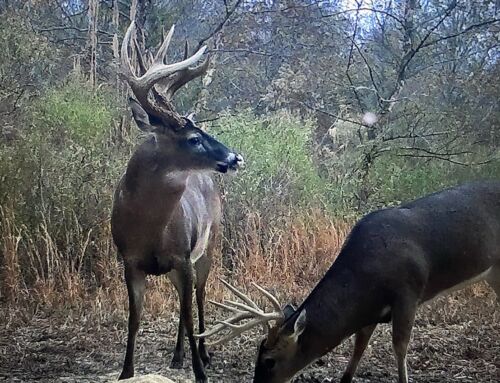
Let me know how it goes good luck!
Good post Mike a great information. We are headed to Illinois for our winter coyote hunt late next week. Hopefully we will put a few down !